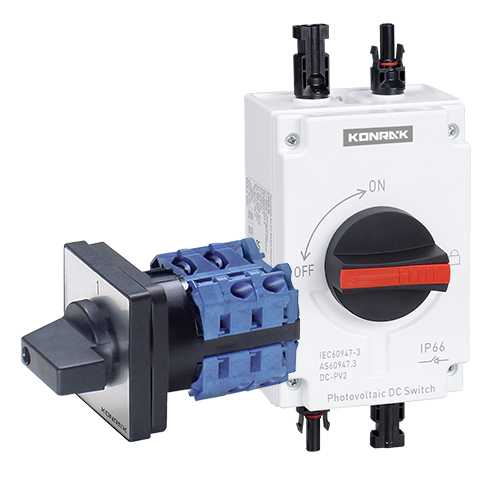 Salute
SaluteRotary Cam Switch Functionality
Rotary cam switches actuate via shaft rotation. The shaft connects to a cam system controlling contact switching either simultaneously or separately based on structure. The shaft’s alternatives relate to various contact options.
Common applications involve automation and consumer gadgets. They adapt to different electrical load and current conditions. For operator awareness, detents and illumination assist.
- Frequently employed in manufacturing and household gadgets
- Their capability to support various loads ensures operational flexibility
Disconnect Switch Safety Measures
They constitute a key element in electrical hazard prevention. They provide means to safely disconnect electrical systems. Separating power reduces risks during maintenance. Turn off the disconnect to avoid hazards. Misuse can cause dangerous electrical incidents.
To preserve electrical safety, follow these critical instructions: Verify the switch corresponding to your wiring. Before using the switch, verify power is deactivated. Utilize safety devices and tools for shock prevention. Reapply power through the disconnect and validate.
- Often evaluate wear and breakdown indicators
- Secure in clean, dry locations to avoid damage
- Engage qualified personnel for consultations
Isolator Switch Functions
Isolator switches help safely interrupt power flow. Unlike protective components, these switches isolate circuits manually. Isolating circuits protects personnel during servicing.
- Isolator switches enable safe equipment diagnostics
- Position confirmation is provided via indicators
- Power disconnection by isolators increases safety
Smooth Electrical Transition
They maintain continuous energy flow during source switching. Swift switching between power feeds is essential. Avoid power gaps for uninterrupted use. Contemporary switches limit supply interruptions. Common in systems requiring alternate power sources. Continuous operation ensured through auto switching
Cam Switch Function and Design
Grasping rotary cam switches enhances electrical circuit comprehension. Through rotary handles, they enable switching among contacts. Contact layout supports exact circuit switching. Reliable operation arises from cam construction. Rotary cams withstand conditions demanding robustness and precision
- Additionally, knowing switch structure aids troubleshooting common faults
- Knowing the functions of contacts is necessary for configuring
- Awareness of technical details supports reliable functioning
Isolation Switch Significance
Disconnect switches are critical for system safety and control. Switches stop electrical flow when required. Disconnect switches enable isolated working safely. Multiple switch designs address diverse operating requirements
- Industrial applications mostly use basic disconnects
- Load break switches interrupt current during load conditions
- These switches employ vacuum methods to break current
- Air break disconnectors use non-contact gaps
Knowledge of switch kinds supports correct choosing. Evaluating specs and environment assures secure operation
Opting for Proper Isolation Switch
Choosing an isolator requires analyzing various aspects. Evaluating amperage and load specifications. Voltage specifications impact switch choice significantly. Frequency values affect isolator effectiveness. Dimensions and structural traits guide selection. Further, safety features like arc suppression or spark quenching are highly advised for sensitive setups. Thorough analysis enables best device decision.
Changeover Devices for Industrial Use
Switch devices enable industrial energy management. Switch devices control flow of electricity between feeds. Support power systems for reliability and backup. They manage power to prevent interruptions and hazards. They ensure power reliability across diverse sectors
Assessing Roles of Various Switches
Selecting correct switches depends on grasping their distinctions. Multiple positions influence switching options. They serve to safely disconnect electricity during service. They support maintenance by isolating current. Stronger mechanical features and higher ratings differentiate isolators
Diagnosing Switch Defects
Electrical switch issues can be challenging but often are easily fixed. Check screws securing switches to wiring or junctions and tighten as necessary. Flickering lights may indicate switch faults or bulb problems. Replacement is advisable on detecting switch faults. Assess breaker conditions and reactivate if off. Electricians provide guidance for persistent switch problems
Rotary Cam Switch Design and Operation
Rotary cam devices manipulate electrical flow electromechanically. The device operates by a rotating shaft switching terminals. The shaft’s spin commands contact states in order. Cam configuration defines switching logic and positions. Advanced cams facilitate various circuit formations
They find application in numerous industrial and commercial settings. Utilized in automation equipment, consumer electronics, vehicles, and telecom.
- Design parameters involve footprint, contact types, environmental tolerance and costs
